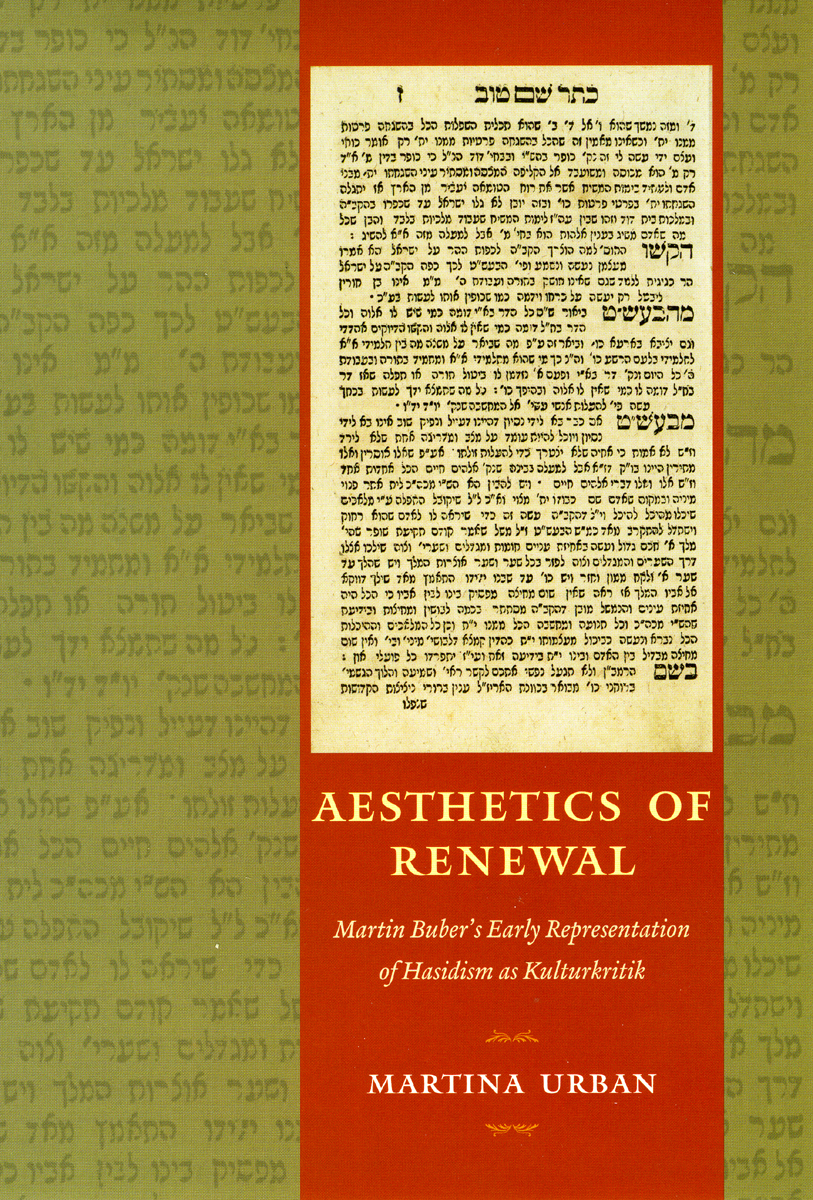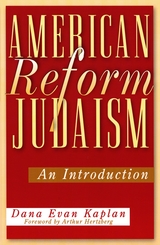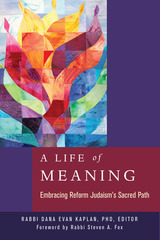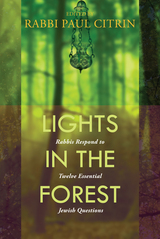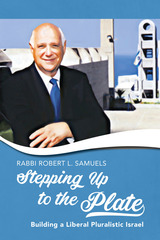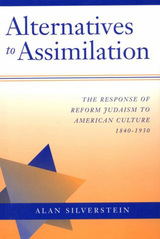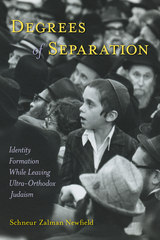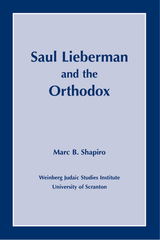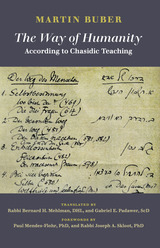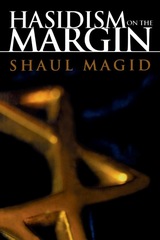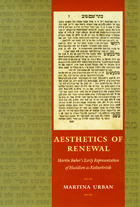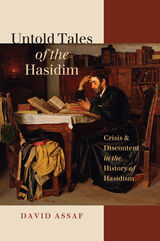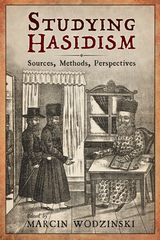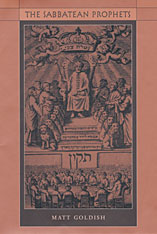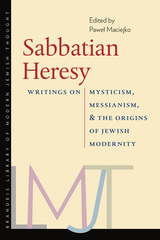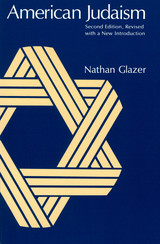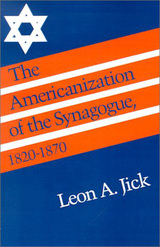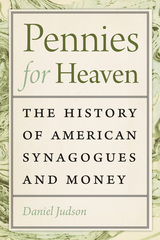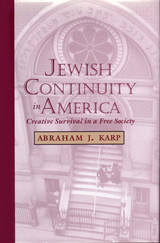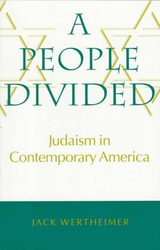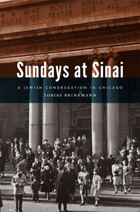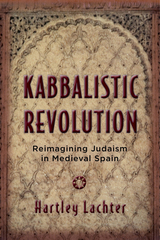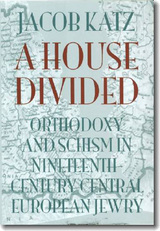Aesthetics of Renewal: Martin Buber's Early Representation of Hasidism as Kulturkritik
University of Chicago Press, 2008
Cloth: 978-0-226-84270-7 | eISBN: 978-0-226-84273-8
Library of Congress Classification BM198.2.U73 2008
Dewey Decimal Classification 296.8332
Cloth: 978-0-226-84270-7 | eISBN: 978-0-226-84273-8
Library of Congress Classification BM198.2.U73 2008
Dewey Decimal Classification 296.8332
ABOUT THIS BOOK | AUTHOR BIOGRAPHY | REVIEWS | TOC | REQUEST ACCESSIBLE FILE
ABOUT THIS BOOK
Martin Buber’s embrace of Hasidism at the start of the twentieth century was instrumental to the revival of this popular form of Jewish mysticism. Hoping to instigate a Jewish cultural and spiritual renaissance, he published a series of anthologies of Hasidic teachings written in German to introduce the tradition to a wide audience. In Aesthetics of Renewal, Martina Urban closely analyzes Buber’s writings and sources to explore his interpretation of Hasidic spirituality as a form of cultural criticism.
For Buber, Hasidic legends and teachings were not a static, canonical body of knowledge, but were dynamic and open to continuous reinterpretation. Urban argues that this representation of Hasidism was essential to the Zionist effort to restore a sense of unity across the Jewish diaspora as purely religious traditions weakened—and that Buber’s anthologies in turn played a vital part in the broad movement to use cultural memory as a means to reconstruct a collective identity for Jews. As Urban unravels the rich layers of Buber’s vision of Hasidism in this insightful book, he emerges as one of the preeminent thinkers on the place of religion in modern culture.
See other books on: Anthologies | Hasidism | Renewal | Spiritual life | Zionism
See other titles from University of Chicago Press
